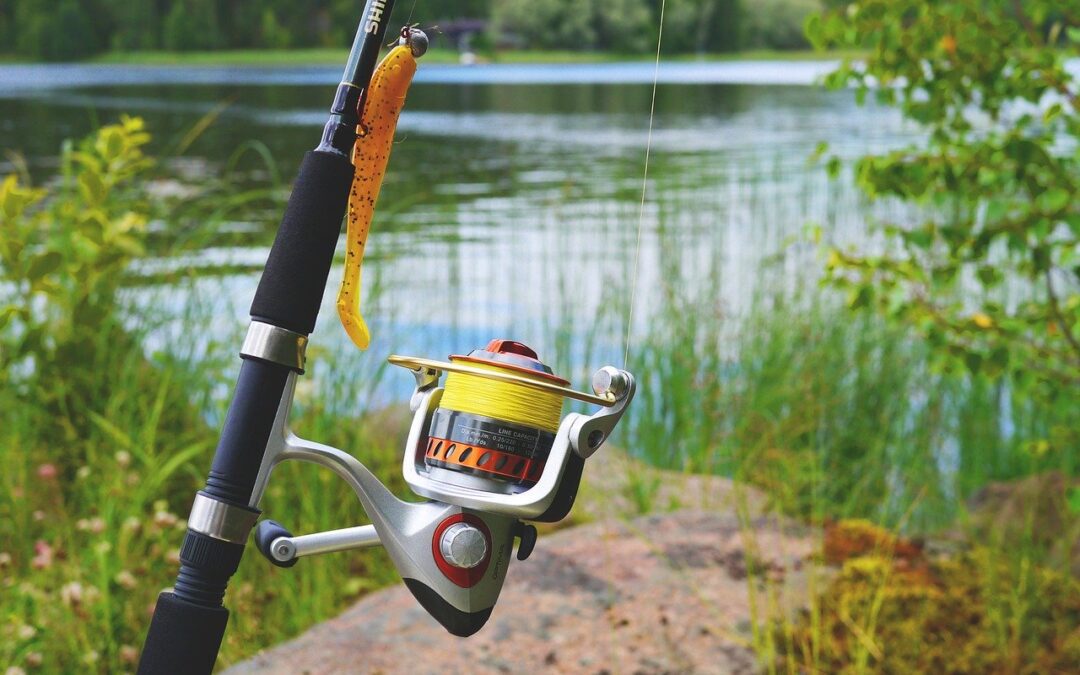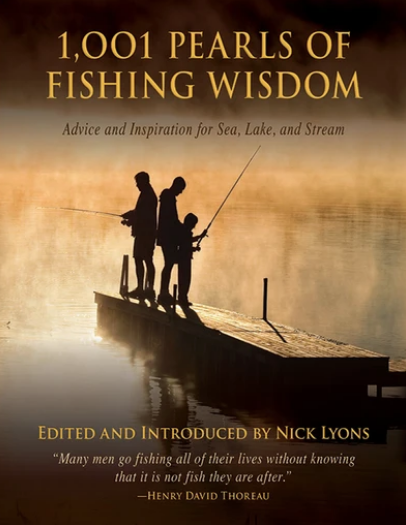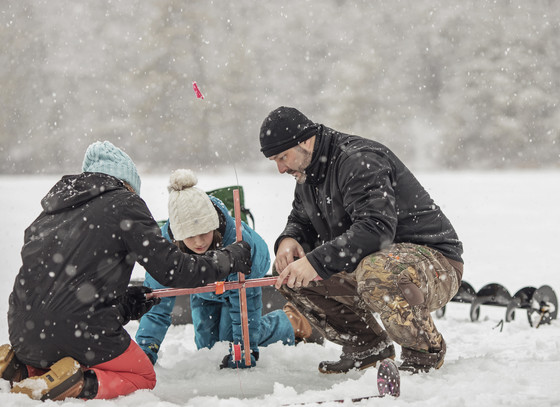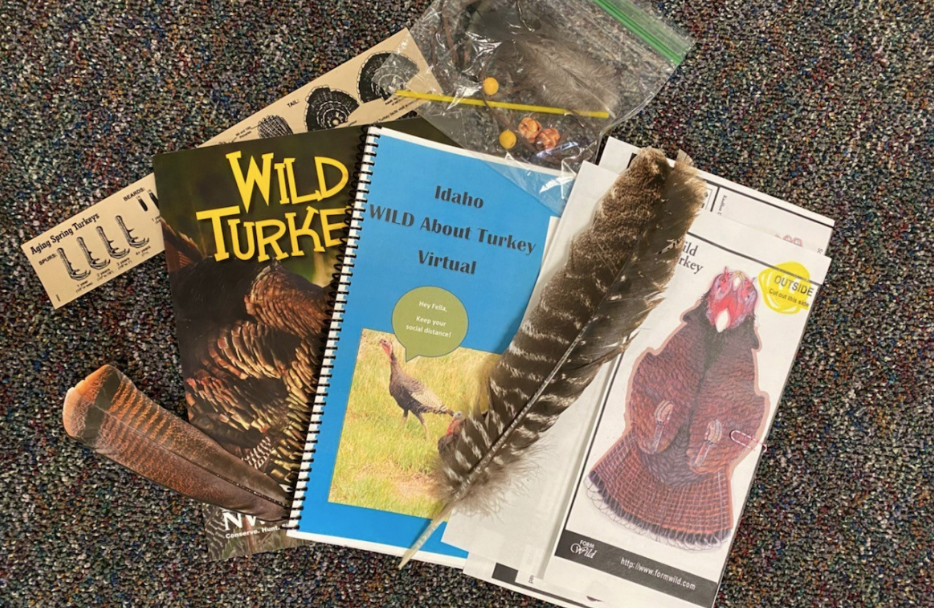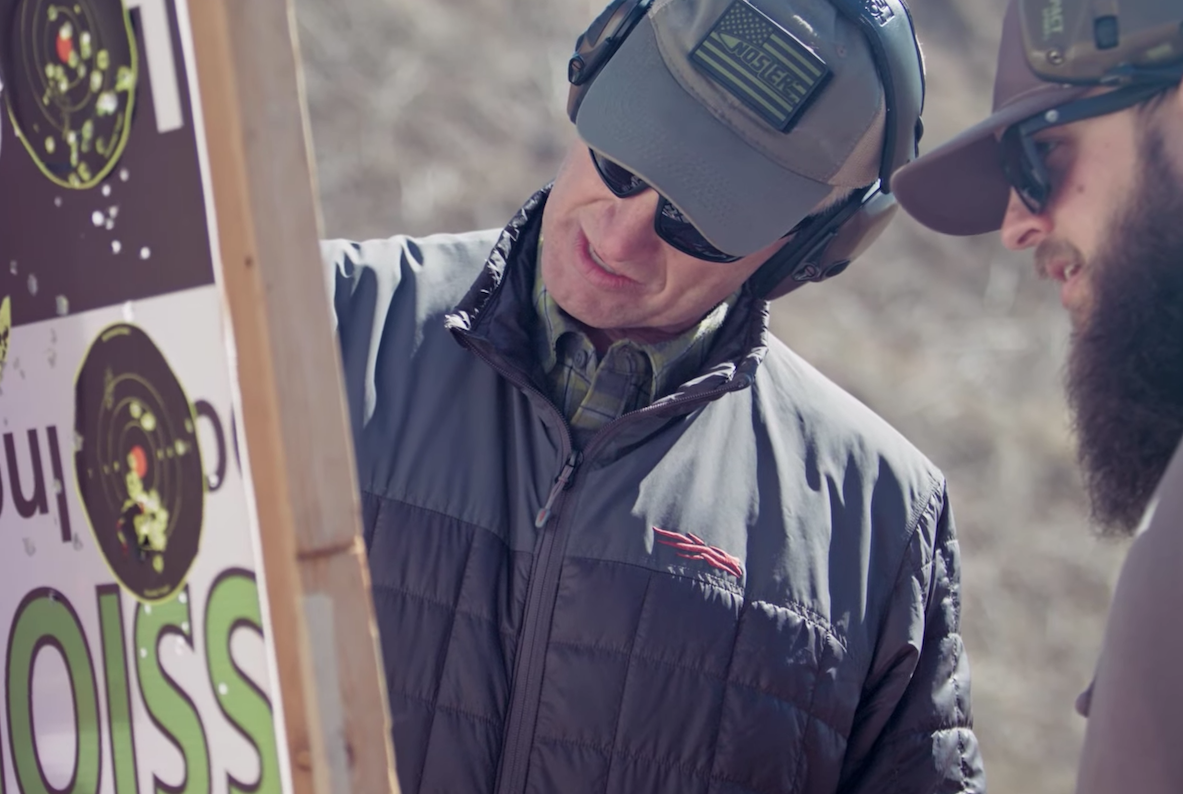A well-tied fishing knot can make the difference between a great day and heartbreak.
For a new angler, landing a nice fish knowing the hook is secured by a strong knot is a satisfying feeling. On the other hand, losing that same fish with a subpar knot is disappointing – and unnecessary.
Beginner anglers only need to learn how to tie a few knots, but they need to know how and why to tie them correctly.
“Tying a good knot is arguably the most important skill the angler can learn,” said Larry Pape, aquatic education specialist with the Nebraska Game and Parks Commission. “The knot is the weakest part of the line and, if poorly tied, could result in a lost lure or fish. A bad knot will either pull loose when pressure is put on it or cinch down tight and sever the line.”
Pape says the key to good knots is to practice tying them at home – often – using materials simulating fishing line and a hook eye in a larger scale. Tie a large rope, such as a clothesline, to a key ring, watching the knot develop.
Perfecting your skills at home will allow you to quickly and confidently tie a strong knot at the lake.
For the beginning angler, there are three essential knots:
• Arbor knot – This is used to attached the line to the fishing reel’s spool.
• Improved clinch knot – This is used to tie monofilament fishing line to a hook or lure. It works well for smaller hooks.
• Palomar knot – This is used to tie braiding fishing line to a hook or lure. An improved clinch knot will slip loose on braided line.
Key things to remember when tying fishing knots:
• Don’t rush pulling the knot tight. The goal is to get even wraps of line at the knot, so slowly pull tight and adjust the wraps as you go. Uneven wraps can weaken a knot.
• Once a knot is tied and before you pull it tight, wet the knot. Pulling tight a dry knot creates friction and heat, which weakens the knot.
• Avoid developing knots that pinch and weaken themselves, such as an overhand knot.
• When fishing with the same hook or lure for extended periods of time, occasionally cut the line and retie the knot. Over time, knots can get nicked by rocks, fish and hook-removal tools.
• Every angler should have tools to remove hooks from fish and to cut line. For monofilament line, nail clippers work well.
To learn how to tie fishing knots, or if you are just getting into fishing, a helpful resource is Game and Parks’ Going Fishing Guide.
If you want to take a new angler fishing and become eligible to win prizes, register for the Take ’em Fishing Challenge.

